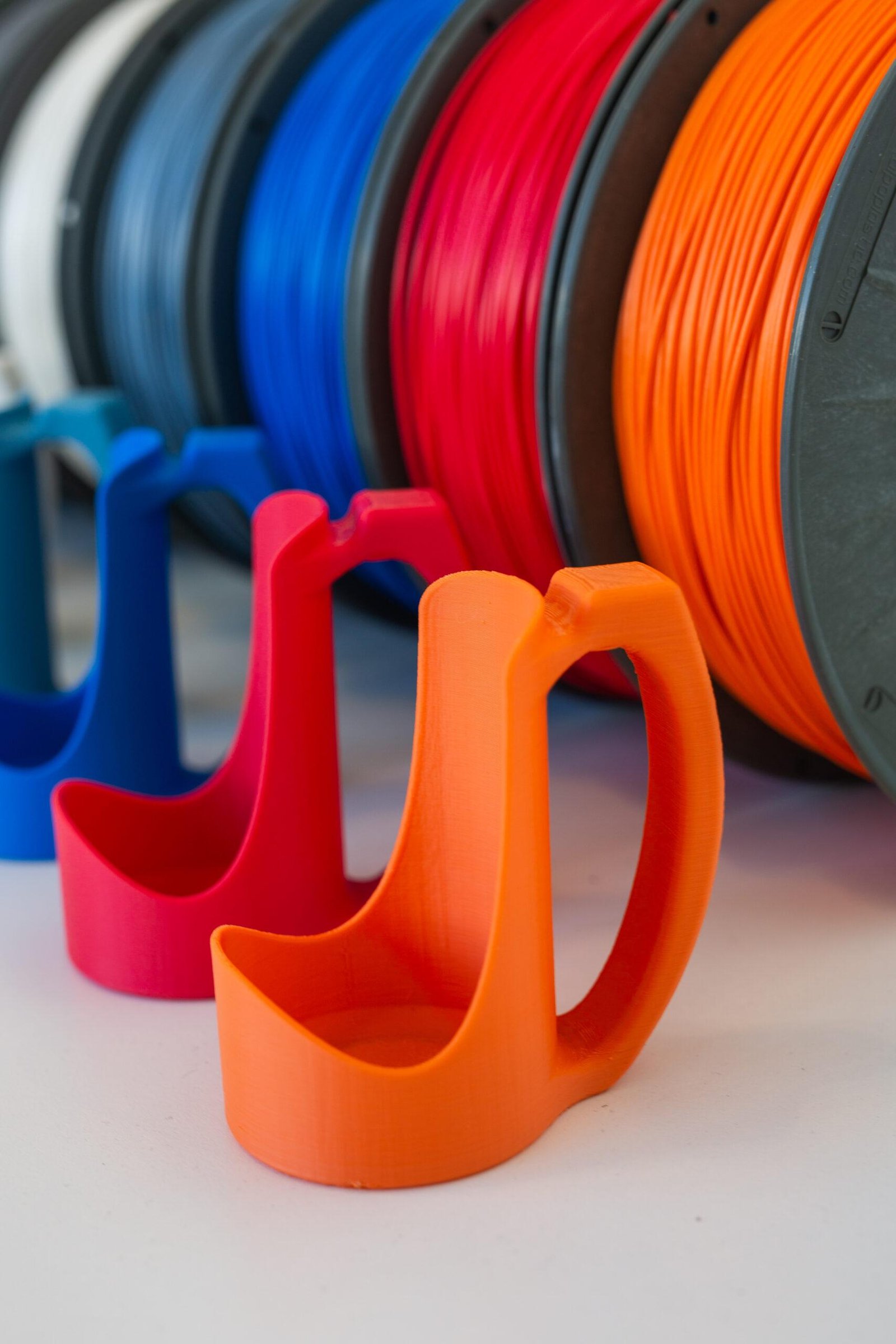In the fast-evolving worlds of automotive and aerospace engineering, prototyping is not just a phase—it’s a crucial part of innovation. When speed meets performance, engineers demand materials that can withstand extreme environments, handle mechanical stress, and simulate final-use parts as accurately as possible. This is where high-performance filaments come into play. Whether it’s for aerodynamic testing, thermal resistance, or structural durability, choosing the right filament can make or break a successful prototype.
At FilaLab, we understand that advanced industries need materials that deliver under pressure—literally and figuratively. That’s why we’re diving into the best filaments that meet the high bar set by automotive and aerospace standards.
What Makes a Filament Ideal for These Industries?
When selecting a filament for demanding applications like automotive and aerospace prototyping, several criteria are non-negotiable:
- Mechanical Strength: The filament must resist wear, load, and impact.
- Heat Resistance: Engine compartments and aircraft interiors require thermally stable materials.
- Chemical Resistance: Materials should withstand oils, fuels, and solvents.
- Dimensional Stability: Precision matters in aerodynamic parts and engine components.
- Compatibility with Advanced Printers: These filaments often require enclosed chambers or higher temperatures.
Now, let’s explore the top filaments that professionals trust in these high-stakes fields.
1. PEEK (Polyether Ether Ketone)
PEEK stands at the top of the pyramid when it comes to strength, chemical resistance, and heat endurance. With a melting point over 340°C, this filament is commonly used for parts subjected to extreme conditions. It resists hydrolysis, radiation, and even jet fuel, making it ideal for aerospace interiors, engine parts, and electrical insulators.
- Pros: Ultra-durable, flame retardant, chemically resistant
- Cons: Requires a high-end industrial printer; premium cost
- FilaLab Tip: Ideal for validation prototypes in final-use conditions.
2. PEI/ULTEM™
Polyetherimide, commonly known as ULTEM™, is a top choice for engineers who need certified flame resistance and dielectric properties. It offers excellent dimensional accuracy and is often used in aviation, automotive sensors, and electrical housings.
- Pros: High thermal resistance, aerospace-certified grades available
- Cons: Requires a heated chamber and specialized extruder
- FilaLab Tip: Combine PEI with soluble support materials for complex geometry.
3. Carbon Fiber Reinforced Filaments (Nylon-CF, PETG-CF)
These filaments are composite blends of durable thermoplastics reinforced with chopped carbon fibers. The result? A material with improved tensile strength, stiffness, and thermal performance. Nylon-CF and PETG-CF are especially popular in automotive brackets, jigs, and load-bearing fixtures.
- Pros: Lightweight yet strong, great surface finish, reduced warping
- Cons: Abrasive—requires a hardened steel nozzle
- FilaLab Tip: Use carbon fiber blends for parts that mimic aluminum-like strength.
4. Polycarbonate (PC)
Polycarbonate is trusted for its toughness and high impact resistance. It offers excellent clarity and dimensional stability, which is why it’s often chosen for light covers, dashboards, and internal connectors in both aerospace and automotive prototypes.
- Pros: Strong, lightweight, temperature and UV resistant
- Cons: Needs high printing temps and an enclosure
- FilaLab Tip: PC is a great choice for prototyping transparent functional components.
5. Nylon (PA6 / PA12)
Nylon is widely used for functional prototypes thanks to its flexibility, fatigue resistance, and durability. It handles repetitive stress exceptionally well, making it perfect for hinges, fuel lines, and moving assemblies.
- Pros: Impact-resistant, chemically durable
- Cons: Hygroscopic—requires careful drying before use
- FilaLab Tip: Dry your nylon filament before printing for optimal results.
6. ASA (Acrylonitrile Styrene Acrylate)
Think of ASA as the UV-resistant cousin of ABS. It’s perfect for automotive exterior parts and prototypes exposed to sunlight or outdoor conditions. ASA prints clean, resists warping, and maintains color over time.
- Pros: UV stable, weather-resistant, good strength
- Cons: Slightly more brittle than other industrial materials
- FilaLab Tip: Print ASA with an enclosure for better layer adhesion and surface finish.
Quick Comparison Table
| Filament | Strength | Heat Resistance | Chemical Resistance | Print Difficulty |
| PEEK | ★★★★★ | ★★★★★ | ★★★★★ | High |
| PEI/ULTEM™ | ★★★★☆ | ★★★★☆ | ★★★★☆ | High |
| Nylon-CF | ★★★★☆ | ★★★★☆ | ★★★☆☆ | Medium |
| Polycarbonate | ★★★★☆ | ★★★★☆ | ★★★☆☆ | Medium-High |
| Nylon | ★★★☆☆ | ★★★☆☆ | ★★★★☆ | Medium |
| ASA | ★★★☆☆ | ★★★☆☆ | ★★★☆☆ | Easy-Medium |
Why FilaLab is Your Go-To Source for Industrial-Grade Filaments
At FilaLab.shop, we go beyond offering filaments—we deliver performance-verified, engineering-grade materials that meet the strict demands of automotive and aerospace prototyping. Our inventory is carefully selected and tested for:
- Consistency in diameter and extrusion
- Certificates of material traceability
- Compatibility with industrial and prosumer printers
- Excellent post-processing and bonding results
Our expert support team is ready to help you choose the ideal filament for your next breakthrough prototype.
Final Thoughts: Prototype with Confidence
Durable prototyping in the automotive and aerospace sectors starts with the right material. Whether you’re testing a load-bearing structure, a heat-shield component, or a precision electrical housing, the filament you use defines your success. From PEEK and ULTEM™ to carbon fiber blends and PC, FilaLab empowers engineers and innovators to push boundaries—safely, accurately, and reliably.
Explore our full collection of high-performance filaments at FilaLab.shop and elevate your prototyping to a professional level.

